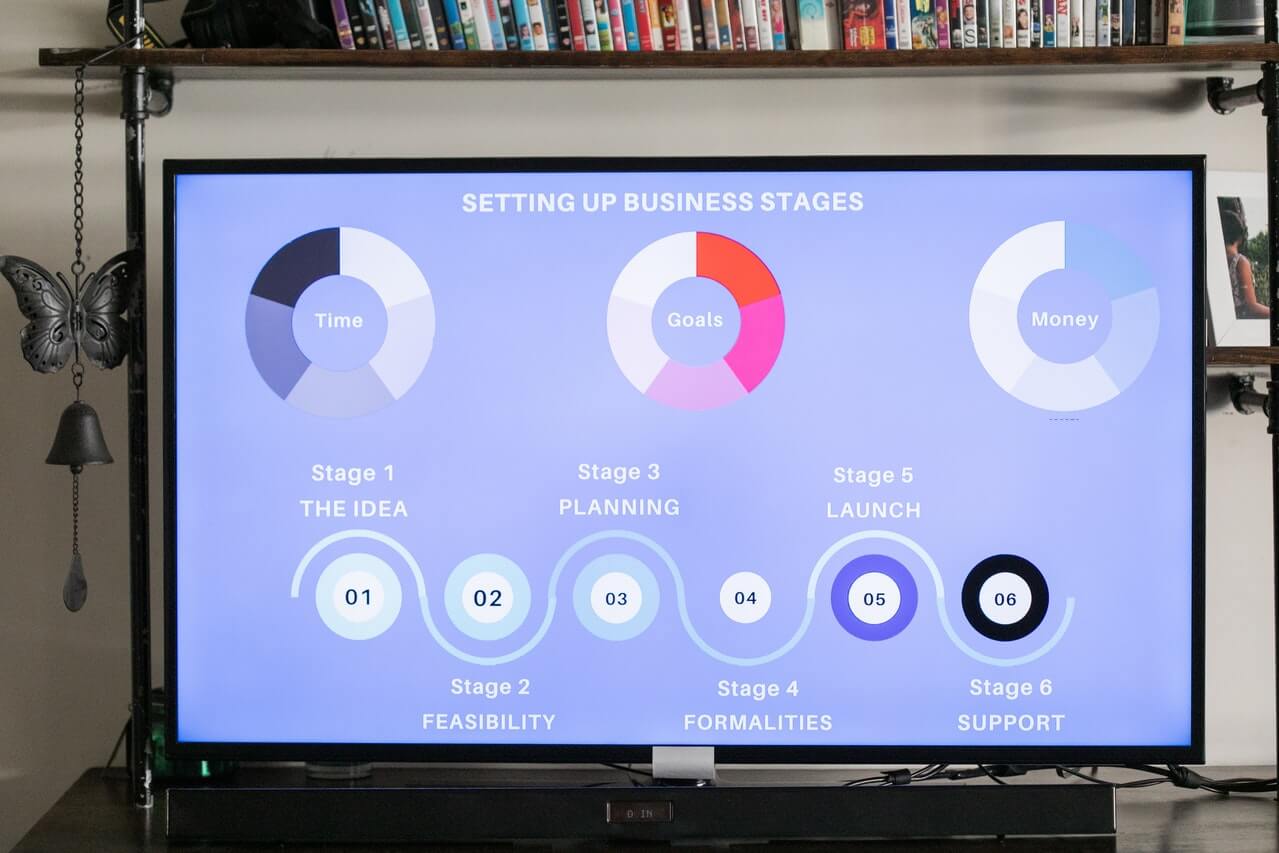Guest Author: Grace Beckett
How Does a Small Business Gain National Attention?
Most small businesses are not localized and can serve customers in any location as they are Internet-based or are e-commerce websites. These types of businesses need to be able to attract a steady stream of leads and customers on a national level. The social media marketing strategy and the content marketing strategy of these companies must not be to promote the brand locally but nationally and to not give the brand a very local identity. So how does a small business gain a national audience?
Create share-worthy content
First and foremost, as a small business owner you should create content that will be of some use to your customers and followers. Create content on your company website, blogs or guest blogging platforms and share it on all your social networking platforms. Most businesses make the mistake of putting phrases claiming that they are the best in certain cities or states and include local statistics. To promote your business nationally, you need to show your audience that you provide the same level of high quality services everywhere. Creating this type of content will also encourage your customers and social network followers to post it on various online forums, which can get you a national audience.
Choose the best social media platform and posting frequency
There are so many social networking sites that it is not possible to use all with the same level of efficacy. Facebook and Twitter is a must for any type of business and you must post content on them as frequently as possible. Make sure to include visual content like videos and images along with textual content as this gets more attention and is inherently more share-worthy. If the product or service offered by your company is more visual or if their USP lies in their aesthetics, include Pinterest, Instagram, Tumblr, etc. in the social media strategy. Pinterest is an excellent way of getting your products noticed and you can even include product details and prices with the pins.
Posting should be done as frequently as possible – at least once a day. However, the rush to post should not take precedence over the quality of the content. If you cannot post content on these platforms daily without compromising on content, then don’t. Create and maintain a posting schedule that works best for you.
Optimize content and websites
The content that is being distributed by you via different channels should not contain any local keywords or keywords that trigger search engines to list your business in local searches. The keywords should contain words like “national” or “country-wide” to make sure that your national businesses is promoted effectively. Look at the keywords used by competitors and other national companies and use the same. Similarly, you do not have to create different websites for each region if your business is national. One main website can contain links to different web pages for different regions. As most large companies do, they have contact information for each region in different web pages but in the same website.
Promotional strategies
To create a buzz around your social media pages, one of the best ways is to create weekly contests that all your followers can participate in. Hashtag contests are the most popular contests on Twitter, which not only makes your hashtags more popular on the micro-blogging platform but also increases your engagement with fans and followers. You can also reward “Fan of the week” or “customer of the week” award for loyal followers and customers on social media platforms. Supporting a national charity like Red Cross is also a great way to attract more customers and fans.
Summary: Learn social media marketing strategies that will help small but national businesses.
For more resources, see the Free Management Library topic: Marketing and Social Media.
About the author
Grace Beckett is a Content Strategist with Godot Media – a leading Content Management firm. She has years of experience in working closely with online businesses, helping them refine their marketing and social media strategies through optimum use of content. Her other interests, besides online content strategy, internet marketing and search engine optimization, are technology, sports and even fashion.










